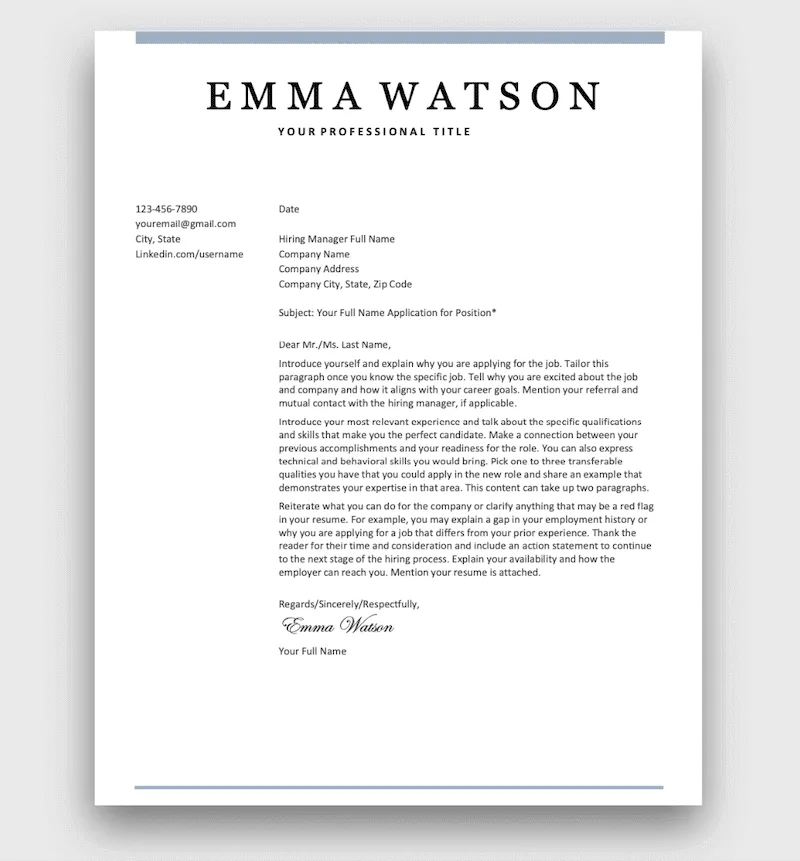What is a Cover Letter
A cover letter is a crucial document that accompanies your resume when applying for a job. It serves as an introduction, providing the hiring manager with a snapshot of your skills, experience, and your genuine interest in the position. It’s your opportunity to make a strong first impression and persuade the employer to delve deeper into your qualifications. Unlike a resume, which is a factual summary, a cover letter allows you to express your personality, demonstrate your writing skills, and highlight the aspects of your background most relevant to the specific job.
Purpose of a Cover Letter
The primary purpose of a cover letter is to convince the employer that you are the ideal candidate for the job. It allows you to explain why you’re interested in the role, how your skills align with the job requirements, and what you can bring to the company. A well-crafted cover letter can set you apart from other applicants by showcasing your communication skills, your understanding of the company’s needs, and your enthusiasm for the opportunity. Essentially, the cover letter bridges the gap between your qualifications and the job description, making a compelling case for why you deserve an interview. It shows why you are the best fit.
Cover Letter Basics
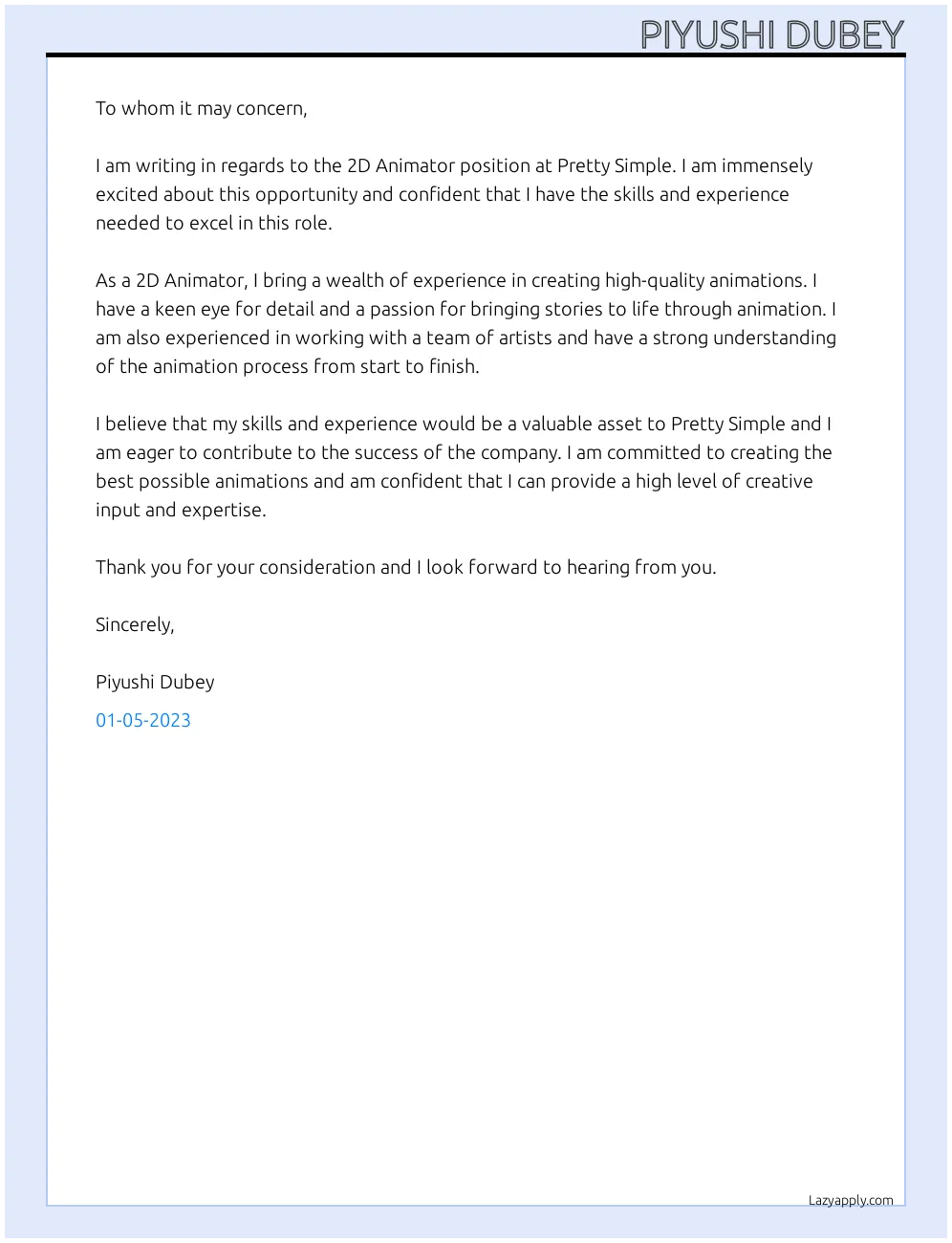
Cover letters should be concise, professional, and tailored to each specific job application. They typically follow a standard format, including a header with your contact information, a personalized greeting, an opening paragraph stating your interest, a body section highlighting relevant skills and experiences, and a closing paragraph expressing your enthusiasm and a call to action. Each cover letter should be unique, reflecting your specific qualifications and addressing the requirements outlined in the job description. Avoid using generic templates; instead, customize your letter to resonate with the particular company and role you are applying for. Proofreading is essential to make sure there are no errors.
Key Elements of a Cover Letter
Contact Information
At the top of your cover letter, include your contact information, such as your name, phone number, email address, and, optionally, your LinkedIn profile URL. This ensures that the hiring manager can easily reach you. Make sure your contact information is accurate and professional. Double-check your email address to ensure it is active and appropriate for professional correspondence. A professional email address (e.g., firstname.lastname@email.com) is always preferable to a less formal one. Consistency is important; the information should match what’s on your resume. Ensure your phone number is readily available and that you are prepared to answer calls promptly and professionally.
Personalized Greeting
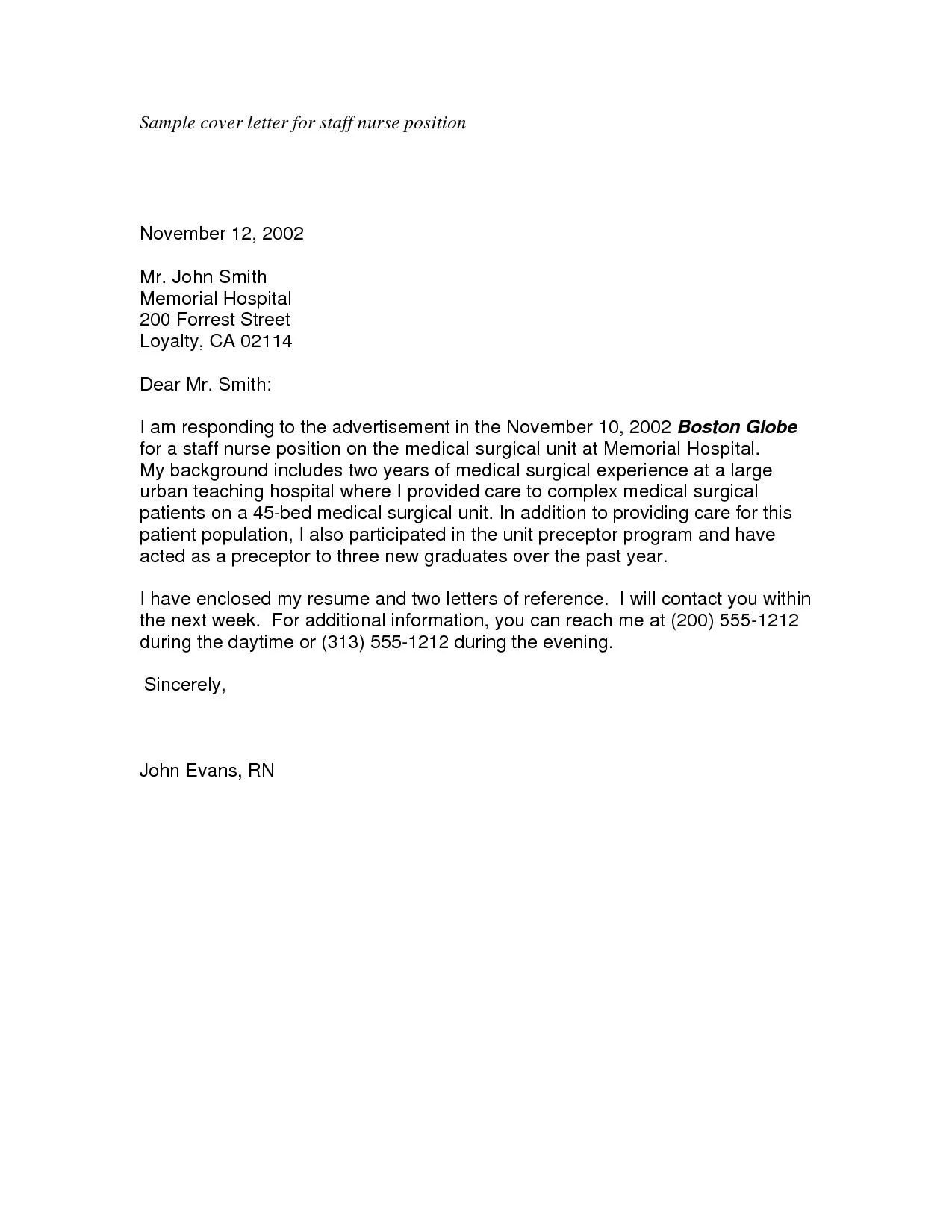
Avoid generic greetings like “To Whom It May Concern.” Instead, research the hiring manager’s name or the name of the person responsible for the role. Addressing your cover letter to a specific person demonstrates that you have taken the time to personalize your application. If you cannot find a specific name, use a more targeted greeting such as “Dear Hiring Manager” or “Dear [Department Name] Team.” This small effort can make a significant difference in showing your attention to detail and your genuine interest in the opportunity. Personalization creates a better connection with the reader.
Opening Paragraph
Your opening paragraph should immediately capture the reader’s attention and clearly state the position you are applying for. Briefly mention where you saw the job posting and why you are interested in the role and the company. This is your first chance to demonstrate your enthusiasm and make a positive impression. Be concise and focus on the key reasons why you are a good fit, such as your relevant skills or experiences. Avoid generic statements; instead, show your personality and express your genuine interest in contributing to the company’s goals. Keep it brief and impactful, setting the tone for the rest of your letter.
Body Paragraphs
The body paragraphs are where you provide specific examples of your skills, experience, and achievements that align with the job requirements. Focus on the most relevant qualifications and use the job description to guide you. Use action verbs to describe your accomplishments, and quantify your results whenever possible. For instance, instead of saying “managed projects,” say “managed 5 projects, delivering them on time and under budget.” Connect your skills and experiences to the company’s needs, showing how you can solve their problems or contribute to their success. Tailor your examples to match the specific responsibilities of the role.
Closing Paragraph
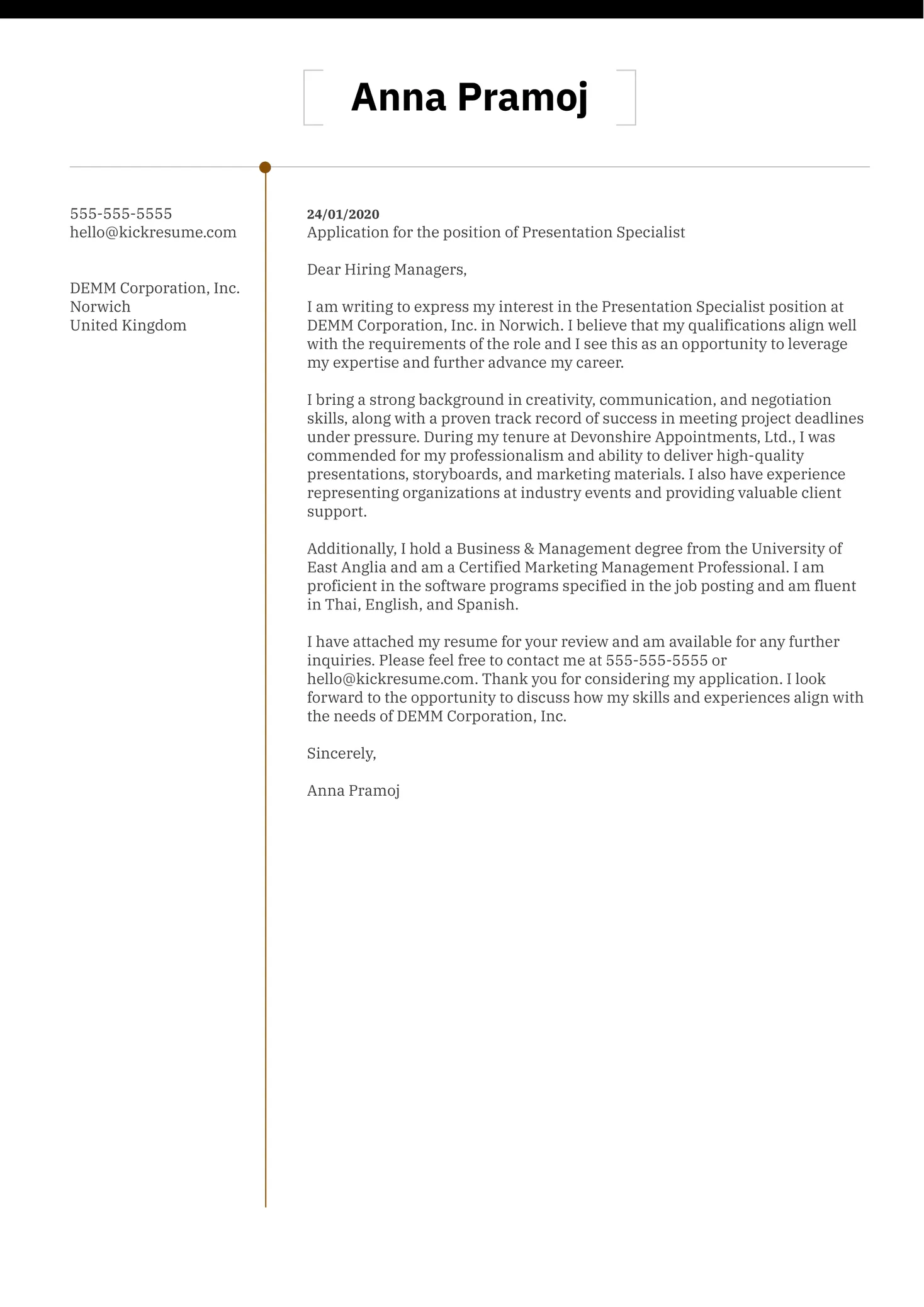
Your closing paragraph should reiterate your interest in the position and express your enthusiasm for the opportunity. Thank the hiring manager for their time and consideration. Include a clear call to action, such as stating that you are available for an interview and look forward to hearing from them soon. Reiterate your contact information and make it easy for the hiring manager to take the next step. Ensure your tone is professional and confident, leaving a lasting positive impression. End with a professional closing, such as “Sincerely” or “Best regards,” followed by your name.
Formatting Your Cover Letter
Font and Style
Choose a professional and easy-to-read font, such as Times New Roman, Arial, or Calibri. Ensure the font size is between 10 and 12 points for readability. Maintain consistent formatting throughout your cover letter. Use clear headings and subheadings to organize the content and make it easy for the reader to scan. Use white space effectively to avoid a cluttered appearance. Avoid using excessive bolding, italics, or underlining. Keep the overall design clean and professional. Consistency in font, style, and formatting is crucial for a polished look.
Length and Structure
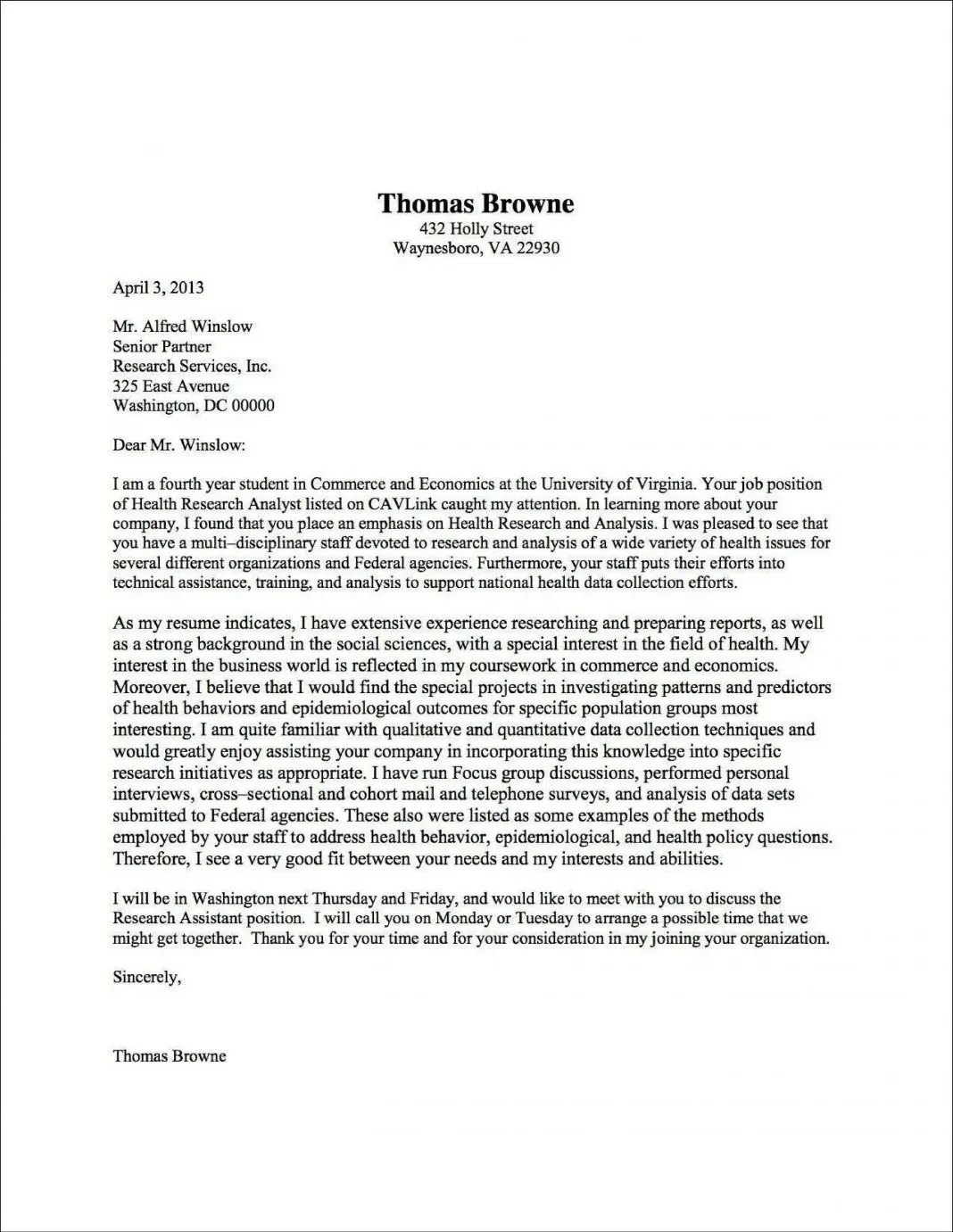
Keep your cover letter concise, ideally no more than one page. Structure your letter with clear paragraphs and a logical flow. Start with your contact information and the date, followed by the hiring manager’s contact information. Use an engaging opening paragraph to capture the reader’s attention, followed by the body paragraphs highlighting your skills and experience. Conclude with a strong closing paragraph and a professional closing. Maintain a clear and organized structure throughout the letter. Each paragraph should have a specific purpose and contribute to the overall message, which is to get the job. Do not ramble, be direct and specific.
Proofreading and Editing
Thoroughly proofread your cover letter for any grammatical errors, spelling mistakes, or typos. Read your letter aloud to identify any awkward phrasing or unclear sentences. Ask a friend or family member to review your letter for clarity and accuracy. Pay attention to the tone and make sure it is professional and appropriate for the specific role. Make sure the content is well-organized and easy to read. Editing is essential to ensure that your cover letter is polished and professional. A well-edited cover letter demonstrates your attention to detail and your commitment to quality.
Common Mistakes to Avoid
Avoid common mistakes that can undermine your job application. Do not use generic cover letters; always tailor your letter to each specific job. Avoid grammatical errors and spelling mistakes. Do not include irrelevant information or go on tangents. Keep your letter concise and focused. Do not use jargon or overly technical language that may not be understood by the hiring manager. Avoid clichés and overly enthusiastic language. Make sure your cover letter complements your resume, rather than simply repeating the information. Ensure your cover letter is free from negativity, and focuses on your strengths and qualifications.
